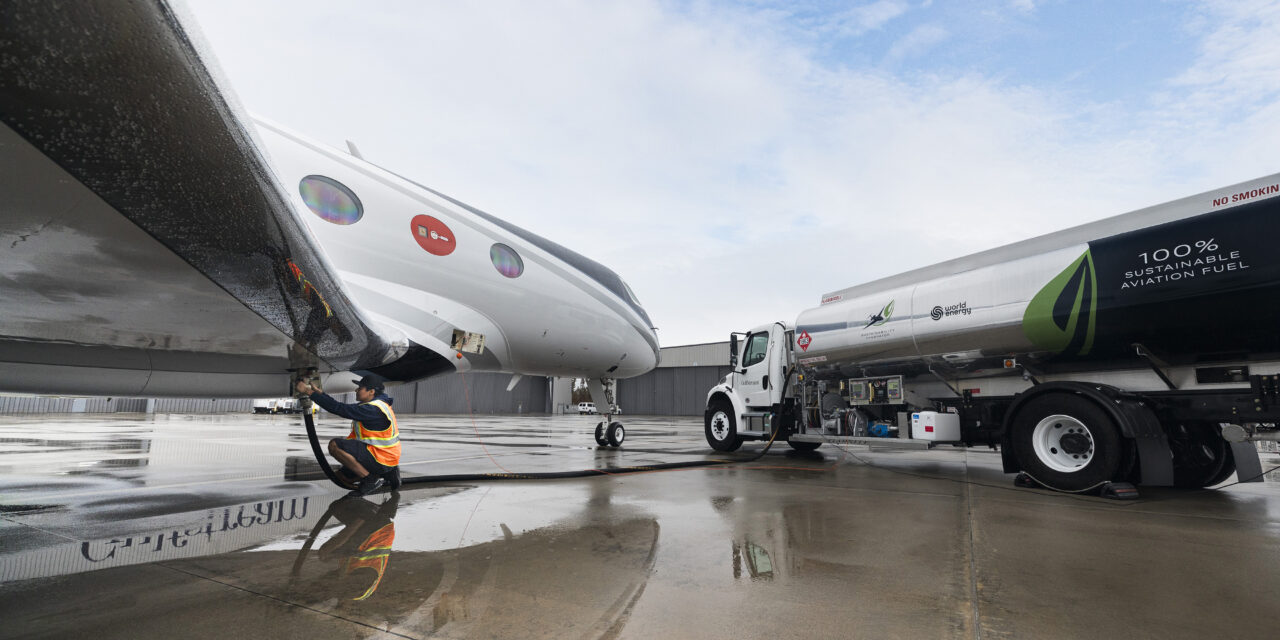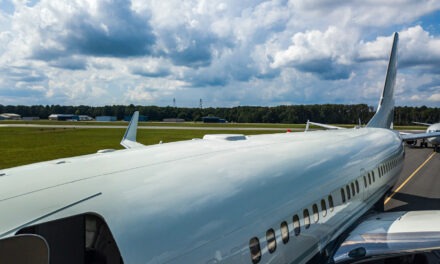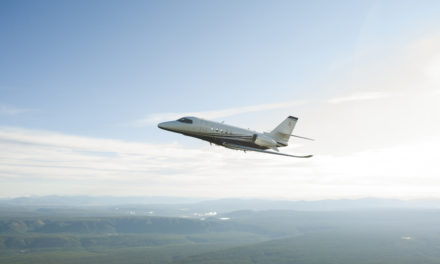A Gulfstream G600 aircraft using 100% sustainable aviation fuel (SAF) departed the company’s headquarters in Savannah on November 19 and landed 6 hours, 56 minutes later at Farnborough Airport in England.
Powered by Pratt & Whitney PW815GA engines, both using 100% SAF, this mission showcases the potential for aviation’s future use of renewable fuels, which feature lower carbon, sulfur and aromatics. The data collected from this endurance flight will help Gulfstream and its key suppliers gauge aircraft compatibility with future low-aromatic renewable fuels, particularly under cold temperatures for extended flight durations.
“Gulfstream is innovating for a sustainable future,” said Mark Burns, president, Gulfstream. “One of the keys to reaching business aviation’s long-term decarbonization goals is the broad use of SAF in place of fossil-based jet fuel. The completion of this world-class flight helps to advance business aviation’s overarching sustainability mission and create positive environmental impacts for future generations.”
The SAF used on the flight was produced by World Energy and delivered by World Fuel Services. It was comprised of 100% Hydroprocessed Esters and Fatty Acids (neat HEFA), which has at least 70% lower lifecycle CO2 emissions than fossil-based jet fuel, helping to reduce aviation’s impact on climate. Additionally, this zero added aromatics fuel has a reduced impact on local air quality and very low sulfur content, which can reduce non-CO2 environmental impacts.
Other key partners supporting this milestone include Honeywell, Safran and Eaton.
Gulfstream was the first business jet original equipment manufacturer to fly on 100% SAF. This flight advances the company’s continuing work to lead the industry’s sustainability efforts.









